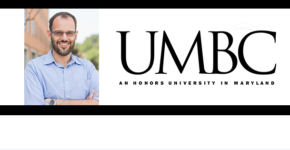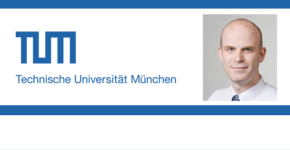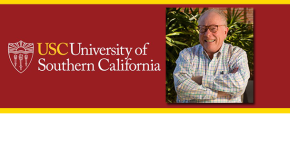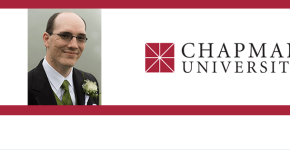Category: Physics
-

Sebastian Deffner, University of Maryland Baltimore County – Quantum Supremacy
A new, more secure computer is on the way to protect our most sensitive data. Sebastian Deffner, assistant professor of physics at the University of Maryland Baltimore County, explores quantum supremacy and how it could keep our data safe in the future. I was previously a Research Associate in the group of Christopher Jarzynski…
-

Shawn Bishop, TU Munchen – Supernova Ashes and an Extinction Event
Traces of supernovas in the cosmos could be in our oceans. Shawn Bishop, professor of experimental physics at the Technical University of Munich, discusses if this is a clue to an extinction event from our past. Started out his scientific career a long time ago, in a galaxy far, far away. Specifically, he hails from…
-

Martin Krieger, University of Southern California – Primes and Particles
What used to be simple, may now be more complex. Martin Krieger, professor of planning at the University of Southern California, explains that as we look deeper into what we thought we knew, new details emerge. Martin Krieger’s current work is on defense and military policy, and on uncertainty and ambiguity. He has done social-science…
-

Martin Krieger, University of Southern California – Flows and Finances
A city’s flow is key to its vitality. Martin Krieger, professor of planning at the University of Southern California, discusses the flow-ways that go throughout cities and keep the information and people moving. Martin Krieger’s current work is on defense and military policy, and on uncertainty and ambiguity. He has done social-science informed aural and…
-

John Cummings, Siena College – Neutrinos
Our understanding of the universe is getting smaller and smaller. John Cummings, Associate Professor of Physics at Siena College, describes neutrinos and why they are so key to our understanding of the cosmos. Dr. John Cummings graduated from Johns Hopkins University with an undergraduate degree in Physics before he went on to receive his M.A.…
-

Martin Krieger, University of Southern California – Clusters
People cluster together in cities, by chance or by choice. Today on The Academic Minute: Martin Krieger, professor of planning at the University of Southern California, examines how this applies to physics and whether cities behave like particles in a nucleus. Martin Krieger’s current work is on defense and military policy, and on uncertainty and…
-

John O’Meara, St. Michael’s College – Traces of the First Stars
Have we found the fingerprints of the first group of stars in our universe? John O’Meara, associate professor of physics at St. Michael’s College, explores how looking 12 billion years in the past can lead to a better understanding of the full story of the cosmos. My primary research focus is to attempt to better…
-

Christopher Wrede, Michigan State University – Pre-Solar Grains
Are some of the earliest building blocks of the universe making their way to Earth? Chris Wrede, Assistant Professor of Physics at Michigan State University, discusses how pre-solar grains inside meteorites are giving us a rare up close look into the workings of the solar system. Prof. Wrede in an experimental nuclear astrophysicist who received…
-

Justin Dressel, Chapman University – Grainy Digital Photographs
Why are your digital pictures so grainy? Justin Dressel, Assistant Professor of Physics at Chapman University, explains how quantum physics has a lot to do with what shows up on your screen. Dr. Dressel researches the foundations of quantum physics, which is a natural intersection point between physics, mathematics, and computer science. His recent research…

